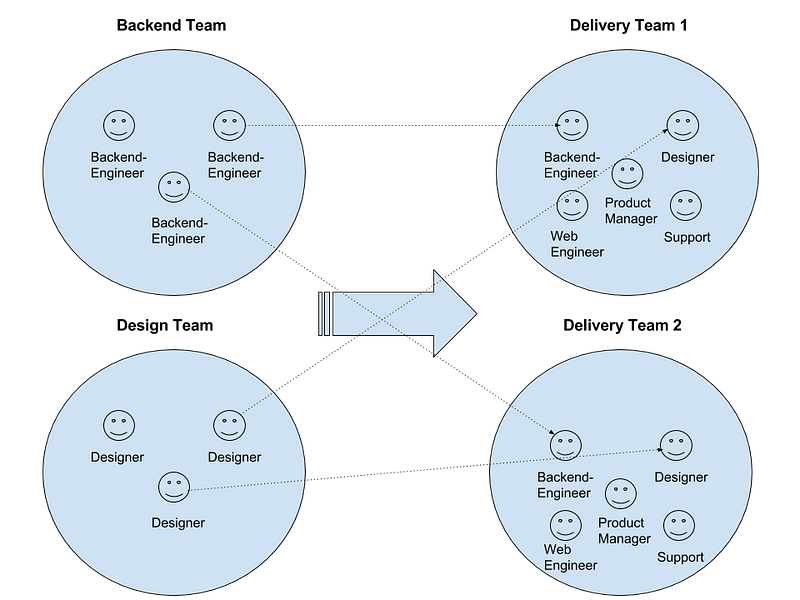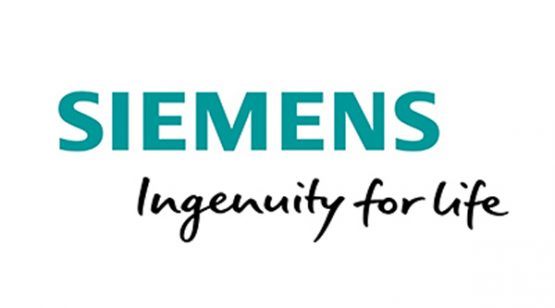
I just re-read the awesome post from my friends David Loftesness and Raffi Krikorian, What Does A VP of Engineering Do Again? And while I agree with everything that they say, I think there is one crucial item missing, which has been present in every job I’ve had because all of them were user-facing internet services and a majority of my job has been working with product teams. Collaboration with stakeholders (especially with product) is key, but if you take it one step further, a VP of Engineering is actually measured by execution in a wider context across many teams or departments. You cannot look at engineering in isolation for your successes or failures.
But first a short story about my first months at SoundCloud. The CTO wanted more front-end work done because an important release was nearing. He asked me to hire more engineers to accomplish that goal. I started recruiting, but then I looked at why the velocity of the existing team was not meeting expectations. So, I went to all of the front-end teams (at that time it was Web, iPhone, and Android) and asked a very simple question “What slows you down the most in your day-to-day work?” To my surprise, everyone gave the same answer “We only have one designer.” They went on to say that although the designer was very good, she was completely overloaded so designs, changes, and simple clarifications took forever to get done.
Now that I knew design was actually the cause for delays, the solution to my problem was not to hire more engineers (which might have even made the problem worse with more work for the designer), but to start building a design team.
Engineering leads need to look at the whole product process (together with the responsible stakeholders) and not just at engineering in isolation. What I did was a very simple (but, in this case, effective) form of value stream mapping. Our self-improvement at SoundCloud continued. You can read Phil Calcado’s excellent post about the organizational aspects of microservices at SoundCloud.
The Best Engineering Leads Will Stop and Assess the Situation
Continually assessing situations in a holistic way isn’t just the job of an engineering lead — everybody involved should take responsibility. But, in my experience, the problem usually surfaces in engineering because when things are not moving fast enough (and when do they ever?) management’s first reaction can be to throw more engineers at the problem so more work will get done, but also (and this is the not so nice scenario), management thinks the engineers are not working hard enough. Other common responses from management include reorganizing the teams or adopting new methodologies. However, as an engineering leader, you are a lot like a doctor: you need to diagnose the illness before treating the symptoms.
Engineering leaders need to look at the whole value chain and to sit with the leaders from affected departments to review at the problem. The solution to a problem might not be to hire more people (which a lot of startups do), but to organize product development in a better way. And if you have to hire, it might mean that you have to move headcount around. When everyone has the same goal goal — delivering more business value — shifting headcount from engineering to design or to recruiting shouldn’t be an issue. Afterall, the goal is more business value, not having the biggest department. So, when I realized our problem at SoundCloud wasn’t going to be fixed by adding more engineers, we created a design team. But this was just the first step towards a better setup.
Even after creating a larger design team, it remained isolated from other departments and was not fully integrated with our workflows. The problems of turnaround and wasted resources were exacerbated by the increasing risk of misalignment between product, design, and engineering. Therefore, the next logical step was to improve the organization by creating a delivery team per product.
Shifting Organizational Structures to Deliver Business Value
A delivery team is a team that can deliver the vast majority (95%) of its backlog items to production without dependencies on other teams. Unlike more horizontally-oriented teams (for example, a front-end engineering team that relies on the back-end engineering team for any back-end changes), a delivery team has all the necessary skills inside their team. So, depending on your company and your product, these teams can look very different. In engineering teams that are infrastructure focused, these teams can consist of only engineers; but if you look at a team that delivers a consumer-facing web app, then the team looks more like this:

Creating these delivery teams and then making sure you have the right staffing for them should eliminate a staffing mismatch between the affected departments. Some team members (like support) might just be a pointperson for the team, e.g., the support person only attends the daily standup and reports what is going on.
So, don’t look at engineering in isolation when trying to solve delivery problems. It is critical that each engineering leader (and especially the VP of Engineering, who can really influence the organizational setup) ensures that the overall product development process is set up in a way that reduces waste and delivers value to the customer which is the whole point of product development in the first place!
This post includes material from the upcoming book “Scaling Teams” by myself and David Loftesness, which will be published by O’Reilly in 2016. In this book, we will explain in detail the various scaling challenges of software startups.
Thanks to Laurel Ruma and David Loftessness
By: Alexander Grosse from issuu





